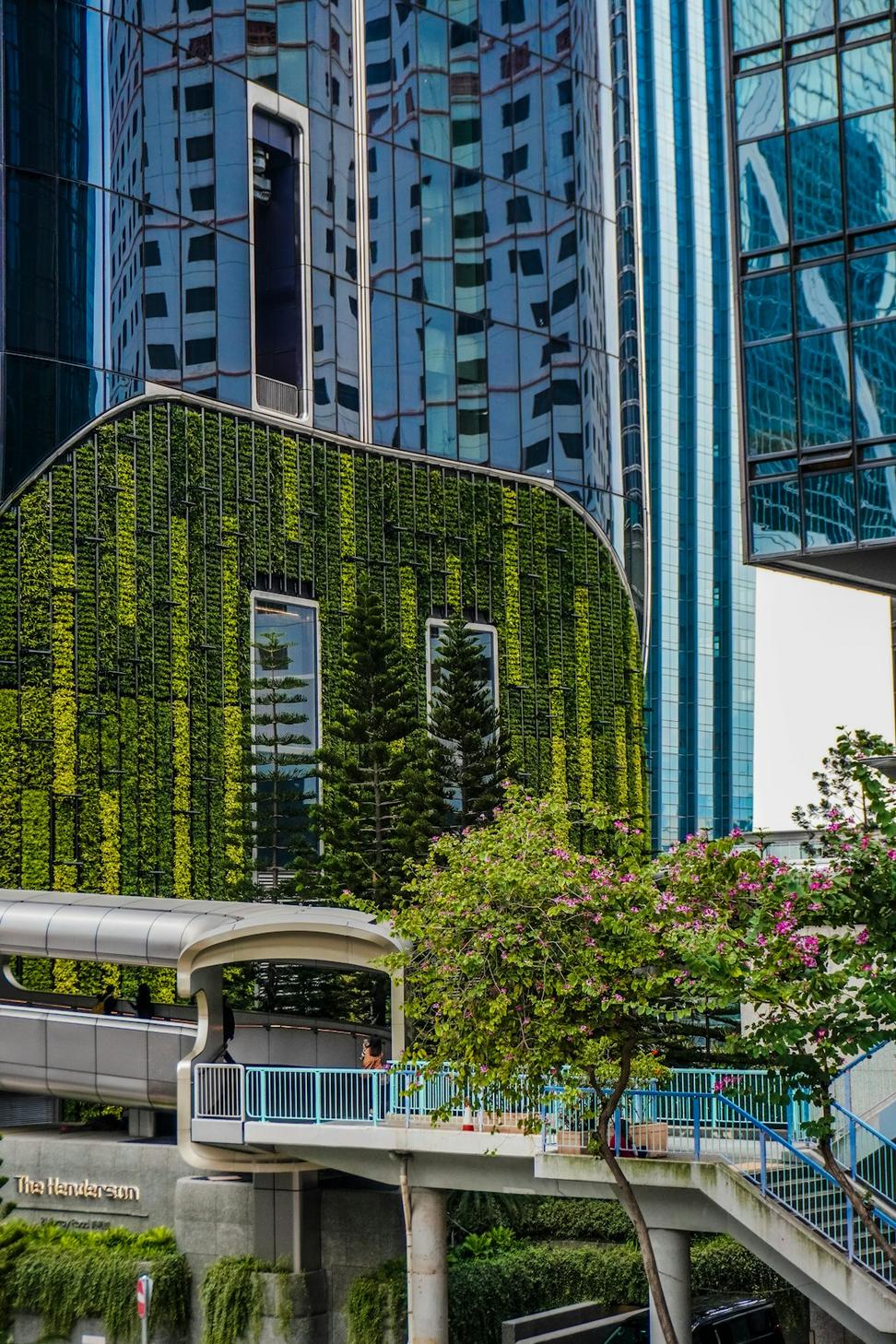
Building for Tomorrow
We're not just designing buildings - we're crafting environments that actually give back to the planet. It's kinda become our obsession.
Look, I'll be straight with you - sustainability isn't some checkbox we tick off for marketing purposes. After working on dozens of projects across Ontario, we've seen firsthand how buildings can either drain resources or actually contribute to healthier communities.
Every project that leaves our studio goes through what we call the "triple impact test" - how's it gonna affect people living in it, the surrounding environment, and the long-term economic viability. If it doesn't pass all three, we go back to the drawing board.
We've been pushing the boundaries of sustainable design since 2012, and honestly, it's gotten into our DNA. Whether you're coming to us for a small residential project or a massive urban development, you're getting that same commitment baked right in.
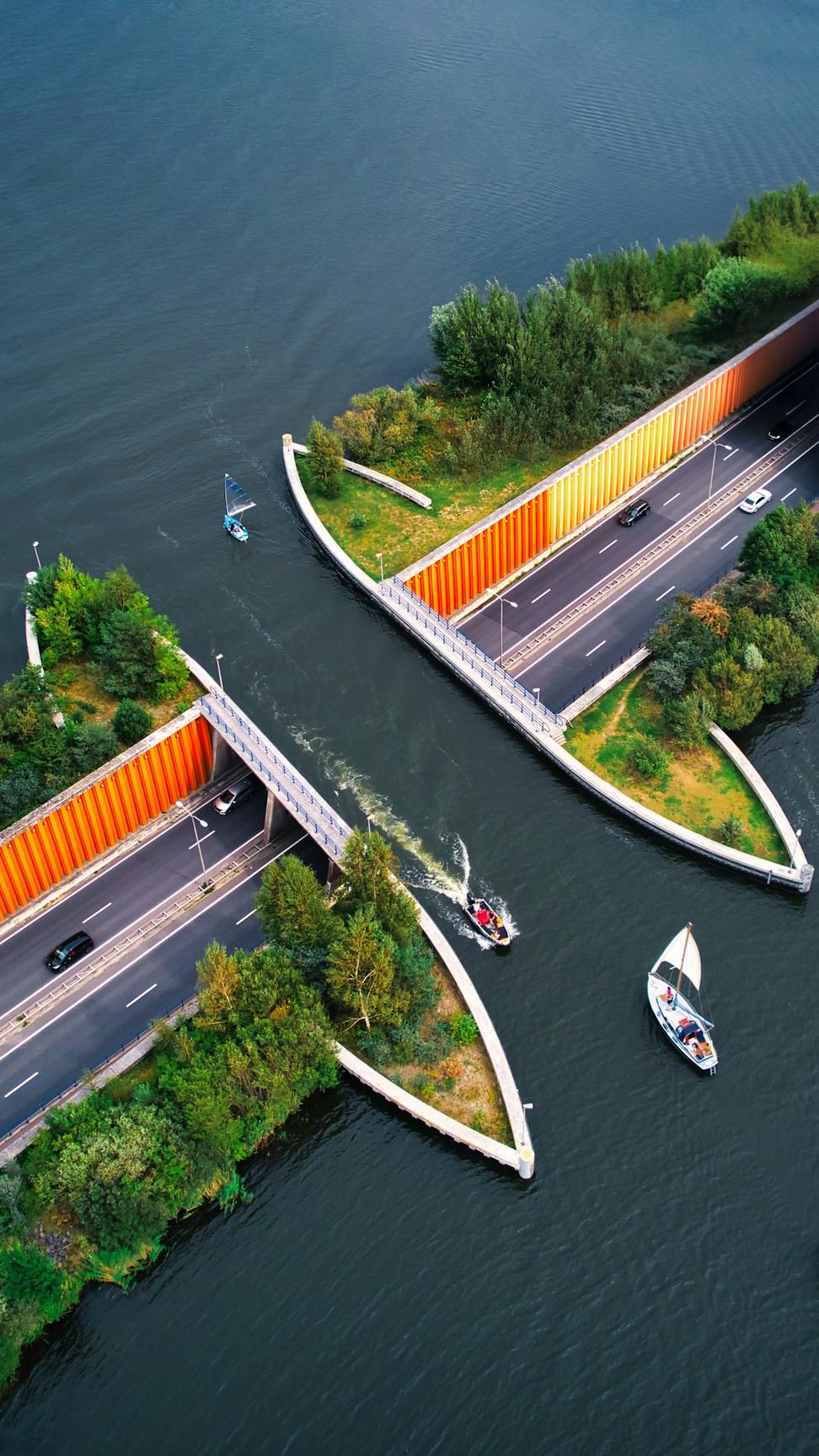
We've guided 23 projects through LEED certification, from Silver to Platinum. The process isn't easy, but the results speak for themselves.
Ultra-efficient buildings that barely need heating or cooling. We're certified consultants and have completed 8 projects to this standard.
The most rigorous green building standard out there. We're working on our third project targeting this certification right now.
Buildings that produce as much energy as they consume. We've completed 5 net-zero projects across the GTA so far.
Here's what we've actually achieved across our portfolio since 2012
Average Energy Reduction
kg CO2 Offset Annually
Water Usage Reduction
Construction Waste Diverted
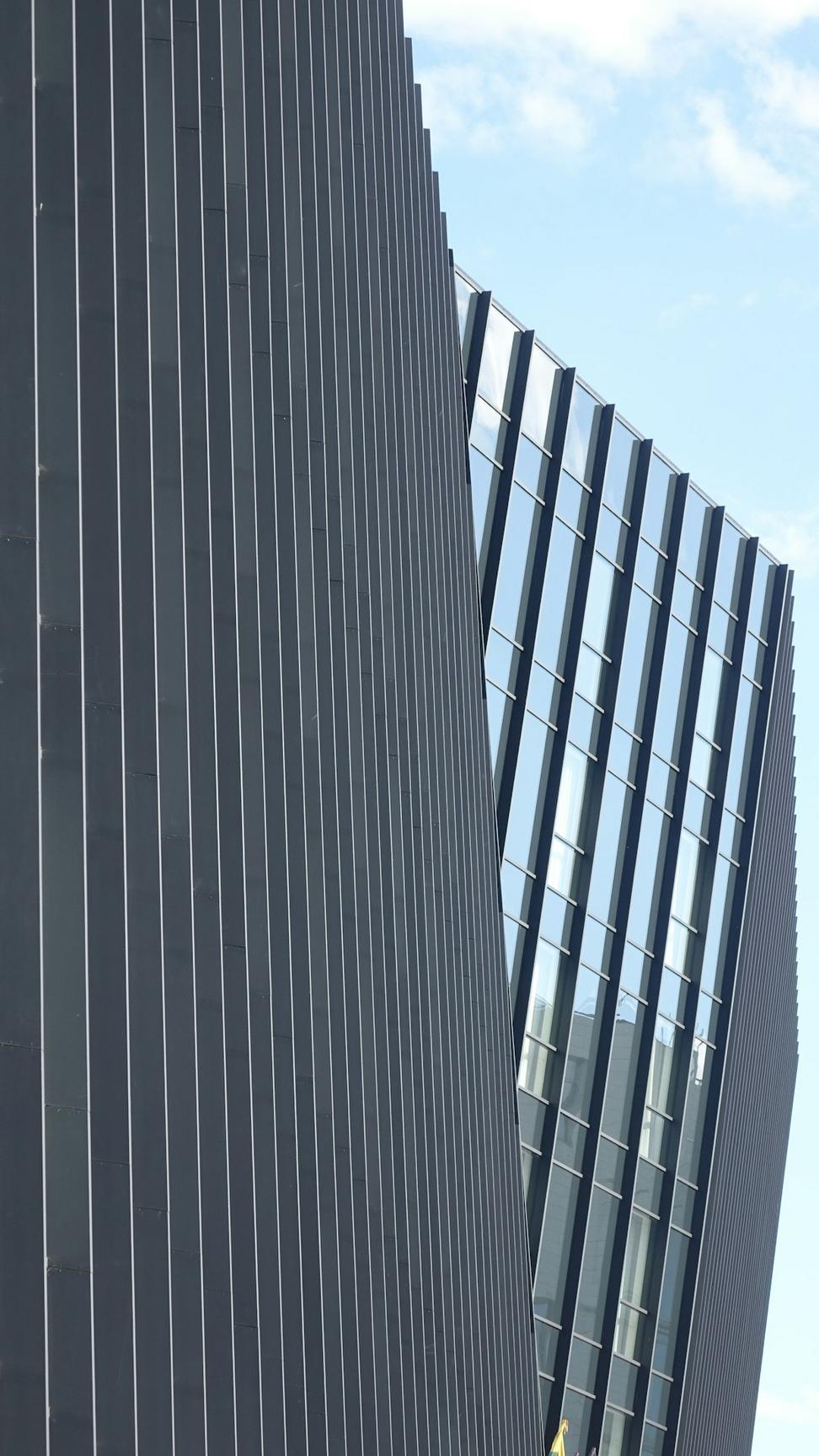
We start with passive design - orientation, shading, natural ventilation. Then layer on high-performance envelopes that keep temperatures stable without burning through energy. Solar arrays, geothermal systems, and smart building tech come next.
One of our commercial projects in Toronto's west end cut energy costs by 58% in the first year. The client was skeptical at first about the upfront investment, but they're believers now.
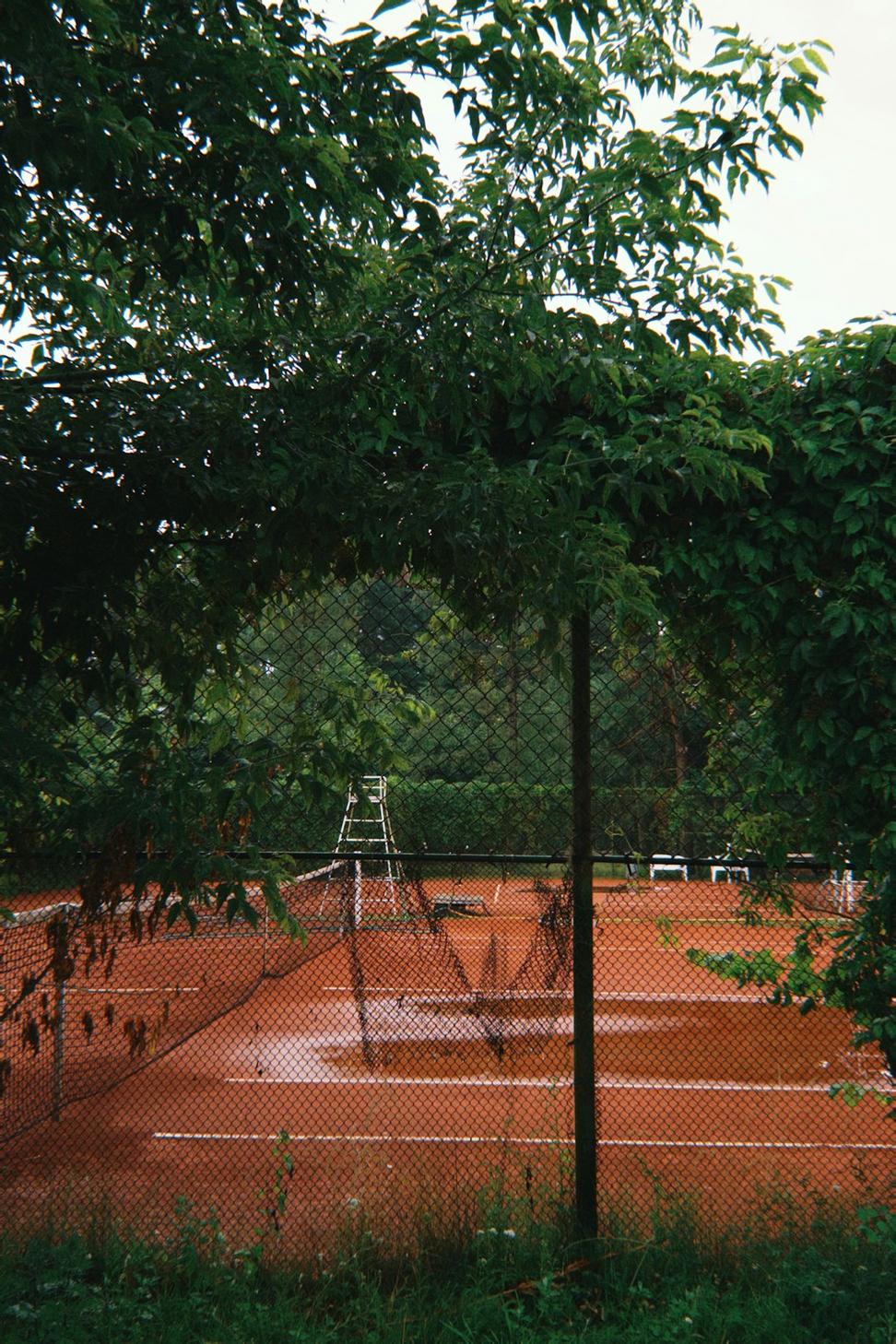
Toronto gets plenty of rain - we should be using it. Our projects incorporate rainwater harvesting, greywater recycling, and native landscaping that doesn't need constant irrigation.
We designed a residential complex in Etobicoke that captures roof runoff for toilet flushing and landscape irrigation. Between that and low-flow fixtures, they've cut municipal water use by nearly two-thirds.
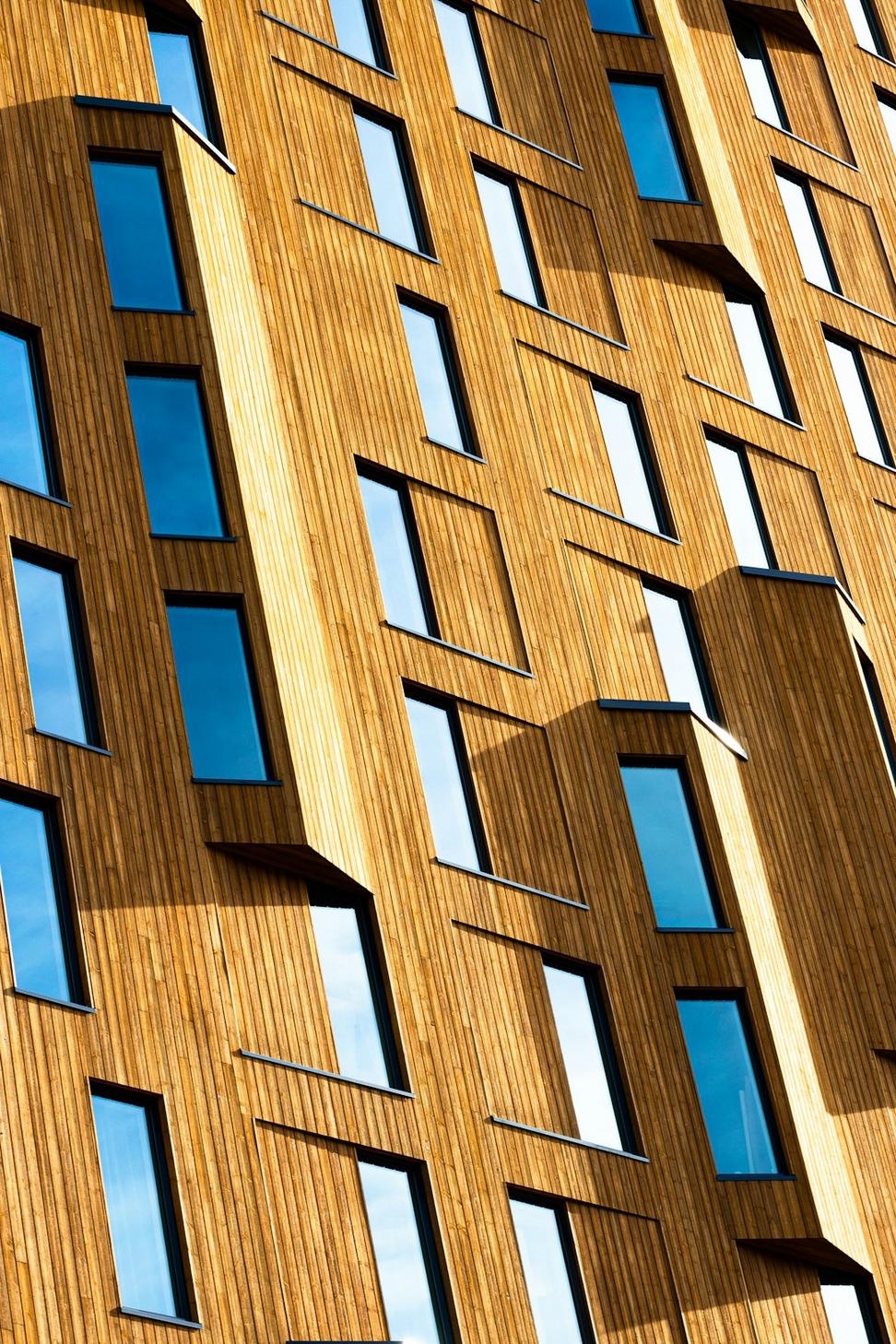
We're picky about materials. Local sourcing when possible, recycled content, low VOCs, and stuff that'll last. We also look at the whole lifecycle - what happens when the building eventually comes down?
Been working with reclaimed timber suppliers and local concrete producers who use fly ash and slag. The embodied carbon savings are significant, plus you get these amazing textures you can't fake.
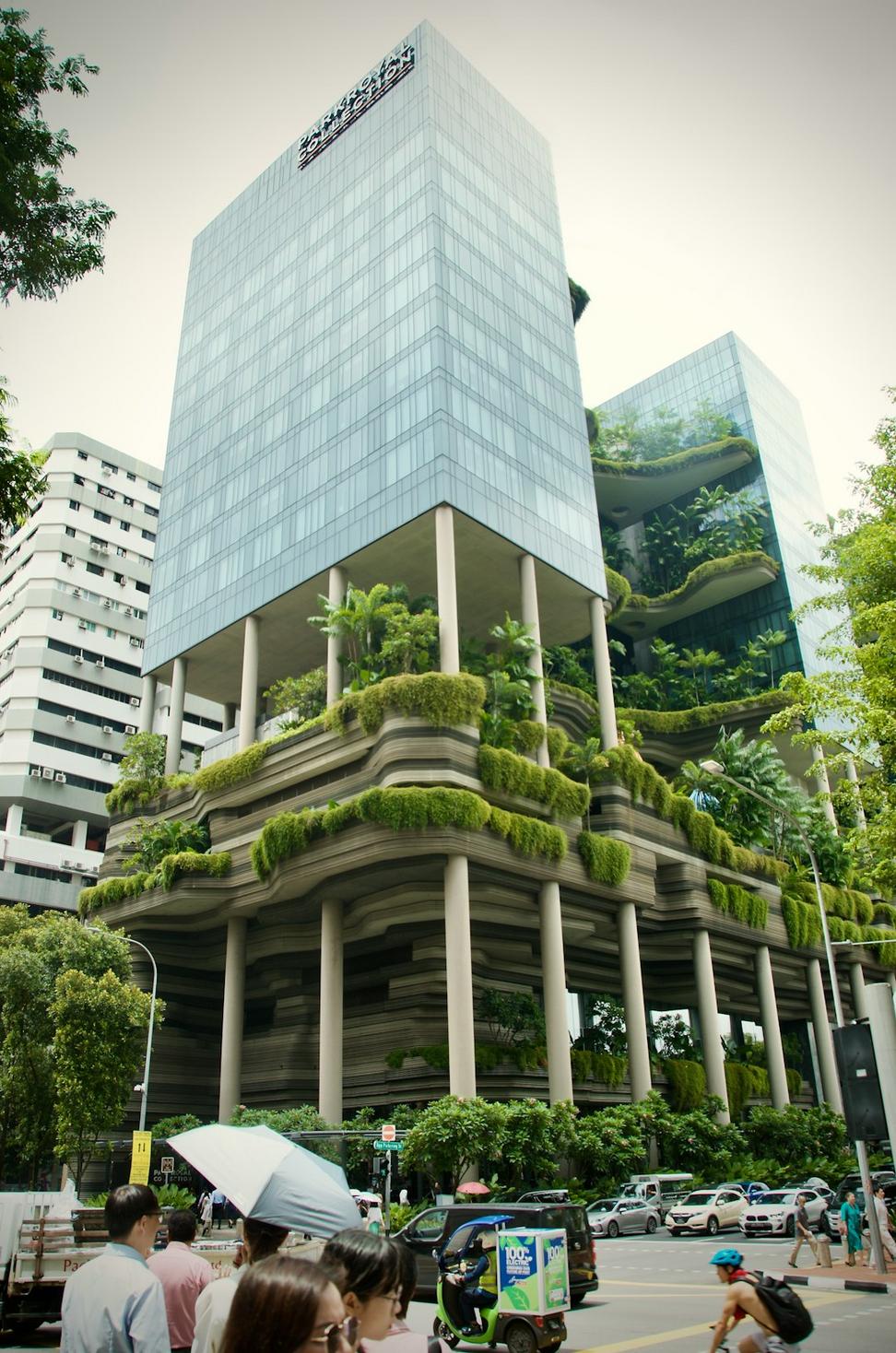
Green roofs, living walls, maximized daylighting, natural materials - this stuff isn't just decoration. Studies show it reduces stress, improves air quality, and makes spaces people actually want to be in.
Our office building on King West has a 2,000 sq ft intensive green roof that's become this unexpected community garden. The thermal benefits are great, but watching people use the space? That's the real win.
The building industry needs to evolve faster. We're currently experimenting with mass timber construction, carbon-negative concrete mixes, and AI-driven energy optimization systems.
Got our eye on some emerging tech too - smart glass that adjusts its tint based on sun position, modular construction that drastically reduces waste, and building materials that actually sequester carbon over time.
We're also pushing for policy changes at the municipal level. Building codes need to catch up with what's actually possible today, not what was standard 10 years ago.
Let's Build Something Sustainable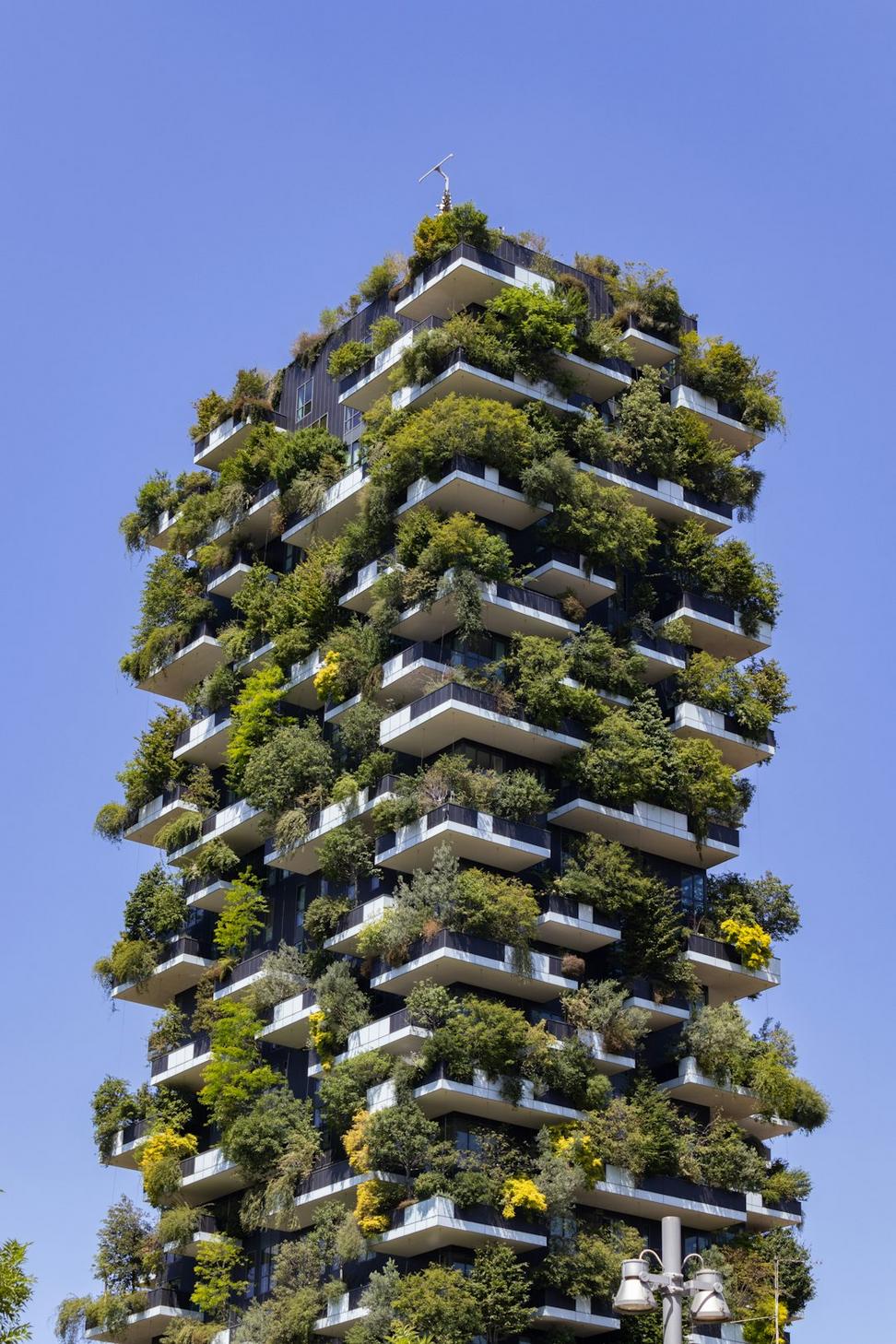
Whether you're aiming for certification or just want a building that doesn't cost a fortune to operate, we'd love to walk you through what's possible for your project.